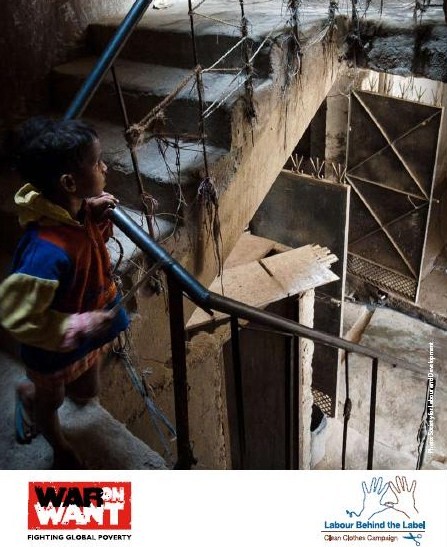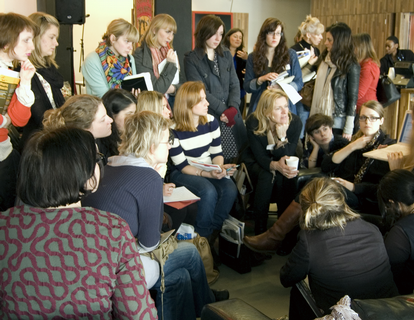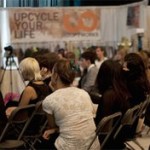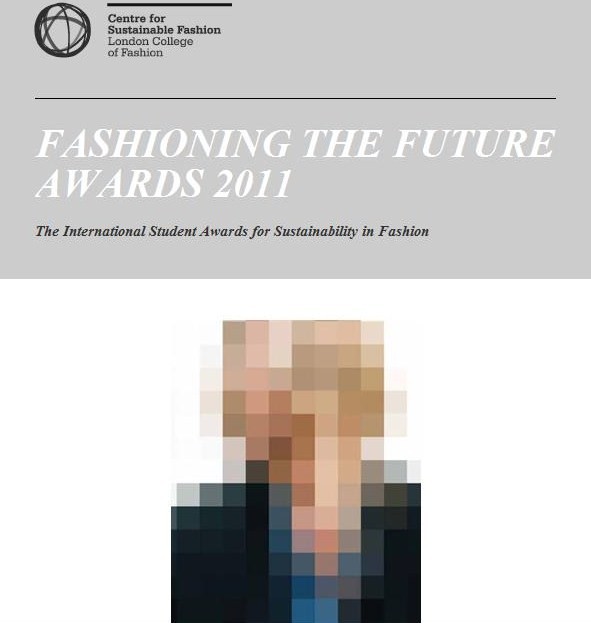


[Centre: This child was 12 years old when he was assassinated for standing up for his rights]
“Acting is what I do for a living; activism is what I do to stay alive.” (Martin Sheen)
Today I witnessed 18,000 youth stand up and shout out in support for children’s rights. Have you ever heard 18,000 children chant freedom, again and again? I can assure you that it is a sound I will not soon forget.

Did you know that he has been arrested more than 60 times for activism? He looks pretty darn innocent in this photo!
This year’s We Day events saw Free the Children co-founders Craig and Mark Kielburger celebrate the hard work and dedication of students all across Canada—students who have collectively raised 5 million dollars, banking 1 million volunteer hours along the way, for children in need.
The event has attracted human rights and environmental leaders from around the world; on stage to support, celebrate and motivate these students were activists Martin Sheen, Al Gore, Reverend Jesse L. Jackson Sr., Rick Hanson, Ethan Zohn, Philippe Cousteau, Spencer West, Scott Hammell, and Robin Wiszowaty, and musicians Hedley, Colbie Caillat, and The Barenaked Ladies.
Click here to watch it live on demand.
“Youth are not our future, they are our right now” (Reverend Jesse L. Jackson Sr.)
Empowering students by empowering teachers, the We Schools in Action program has built 150 schools (650 schools, over the last 15 years) in Kenya, Sierra Leone, Ecuador, China, Haiti and Sri Lanka and provided more than 60,000 people internationally with clean water.

Free the Children Founders Craig and Mark Kielburger
Want to get your students involved? Teachers, this is a year long initiative, with campaigns set to keep your students motivated and engaged throughout the entire process:
• Halloween for Hunger asks children to collect canned goods instead of candy, for donation in their community: 2009 saw 217,000 pounds of food collected
• On November 19th students are asked to participate in a Vow of Silence; this day of action calls attention to the 218 million child labourers who have no voice.
• On January 12th, students celebrate and remember Haiti, through the We are all Haitians campaign
• February 19-25 is Aboriginal Education Week, where students are tasked to take action within their own local communities
• April 11-15 is 5 Days of Freedom. Register your interest and they will provide your school with posters, celebrity videos, motivational resources, etc.

Representing Social Alterations, I felt proud to be in the same room not with the leaders mentioned above, but with these kids…..these 18, 000 kids! It was like nothing I have ever experienced.
For more information, please check out We Day and Free the Children.




















